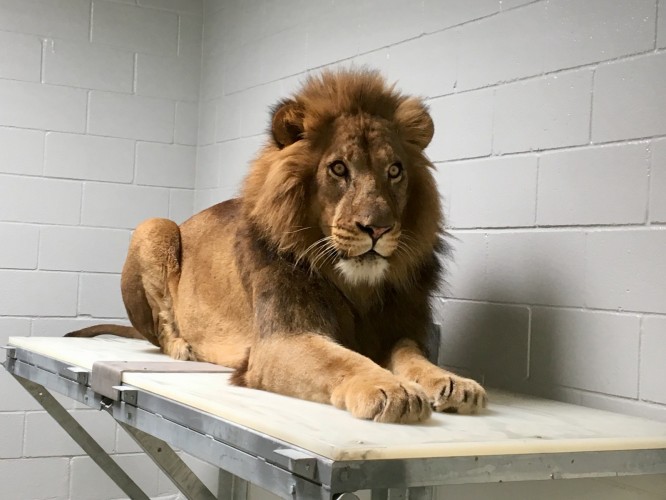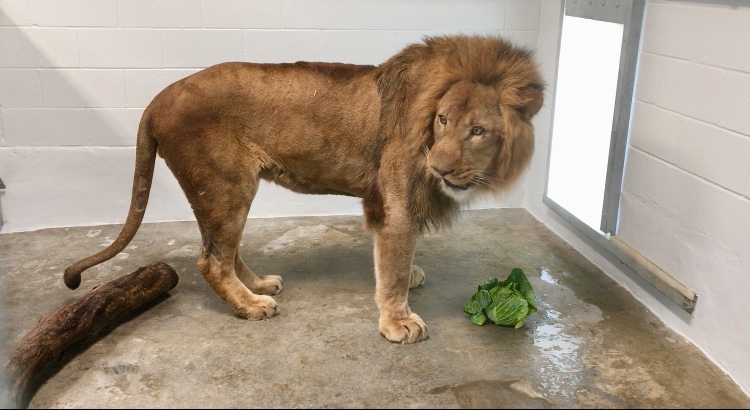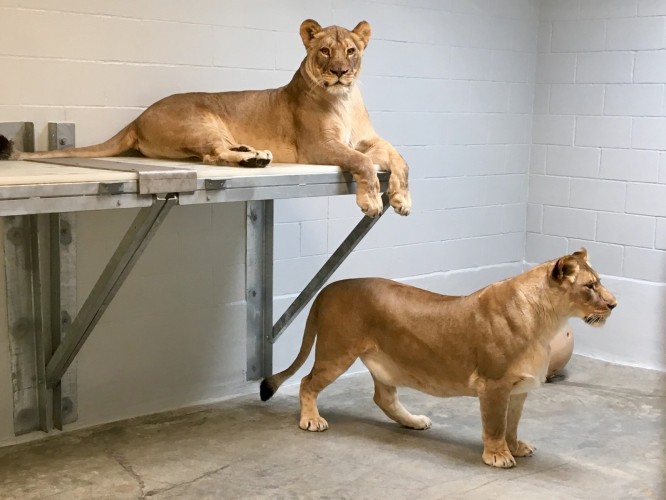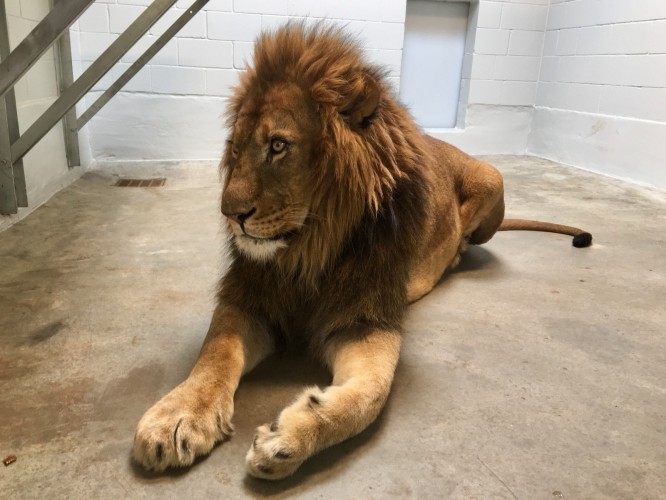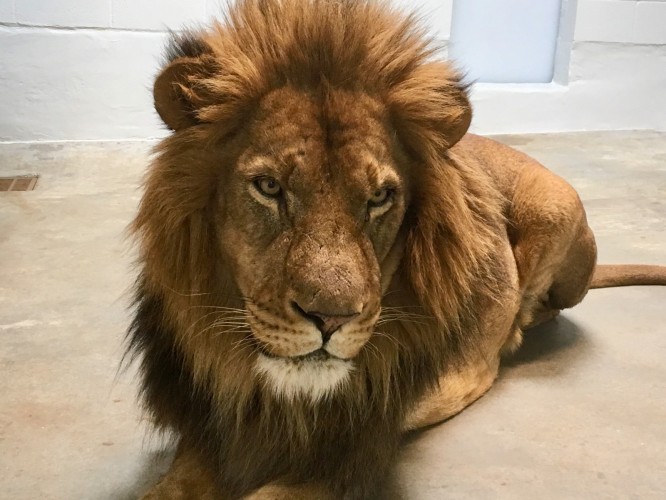NEW ORLEANS – With the wild lion population at risk, the Audubon Zoo is doing their part to reverse the rapid decline.
In just 80 years, the lion population in the wild has decreased from 450,000 to just 20,000 today.
Working with the Association of Zoos and Aquariums’ (AZA) Species Survival Plan for lions, Audubon welcomed four lions into the habitat.
The hope is successful breeding, leading to an increase of the lion population in human care.
Nia, Kali, Zuri, and Arnold were chosen to form the Audubon pride based on the best genetic and behavioral matches available.
Arnold, who came to Audubon from Wildlife Safari in Winston, Oregon, arrived in February and females Nia, Kali, and Zuri, who came from the Peoria Zoo in Peoria, Illinois, arrived in March.
“Lion introductions take quite a bit of time,” said Vice President and Audubon Zoo General Curator Joel Hamilton. “We are making sure the lions form a cohesive pride under the care of our expert animal team.”
The lions are spending time out of public view while getting adjusted to their new environment, and bonding as a social group.
Audubon was able to welcome the exhibit back thanks to a generous $5 million donation from philanthropists Joy and Boysie Bollinger, which funded the design and construction of the new lion exhibit.
The $5 million donation is the largest single gift Audubon Zoo has ever received from a private individual or family.
“Our travels to Africa over the years have taught us the true beauty of nature,” said Boysie Bollinger. “We are so pleased to be able to bring this experience to the children of New Orleans and to educate a new generation about this important species.”
Lions are classified from threatened to critically endangered. Audubon, along with fellow AZA institutions, is partnering with organizations in Africa to mitigate conflict between farmers and lions, increase monitoring of the lion population’s numbers and distribution, and address habitat loss.
“We are excited to share current and future successes in lion conservation with our guests,” said Hamilton. “Lions face a number of threats in the wild, and our hope is to teach our visitors that people can coexist with these precious carnivores.”
